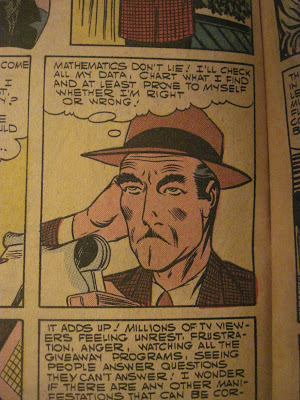I'll be appearing in March at CPCC's Sensoria 2012.They asked me for a brief bio to post here and there in some of their publications. So this is what I sent them:Bio
James Robert Smith was born in Georgia in 1957. Currently he lives in North Carolina with his wife and son and three cats. He works full time in his day job as a laborer and in the evenings as a published author. He has sold more than sixty short stories to a host of magazines and anthologies. Smith has also written for various comic book publishers, including Marvel Comics. His first novel, THE FLOCK, was published in 2006 by Five Star Books and reprinted in 2010 by Tor/Forge Books. The film option to that book was picked up by Don (TRANSFORMERS) Murphy through Warner Brothers and is making its way to the screen. His second novel, THE LIVING END was published in 2011 by Severed Press. His third novel, THE CLAN (a sequel to THE FLOCK) was also sold to Tor Books and is forthcoming later in 2012.
Upcoming novels and collections include HISSMELINA a Lovecraftian horror novel set in the mountains of North Carolina, FOUR FROM MANGROVE a collection of sword and sorcery tales, A CONFEDERACY OF HORRORS a collection of Smith’s horror stories, and THE LOST CHILD a novel of the supernatural (also set in North Carolina).
His websites can be viewed at www.jamesrobertsmith.net and www.hissmelina.com and http://tilthelasthemlockdies.blogspot.com/.

Taken in the Pisgah National Forest on a hunt for old growth forests. I got hit really hard with poison ivy on this bushwhack. Which is my fault for not wearing the legs on my convertible pants. This was in the very first block of forests ever created for the National Forest system we now know. It protected a large expanse of old growth trees on and around Mackey Mountain. Of course the hemlocks are now all dead due to the invasive hemlock wooly adelgid, but the hardwoods are still there.
 From the signature, I assume this was done by Boris Bjorklund, known for illustrating western pulps. He died in 1978.
From the signature, I assume this was done by Boris Bjorklund, known for illustrating western pulps. He died in 1978.




















































